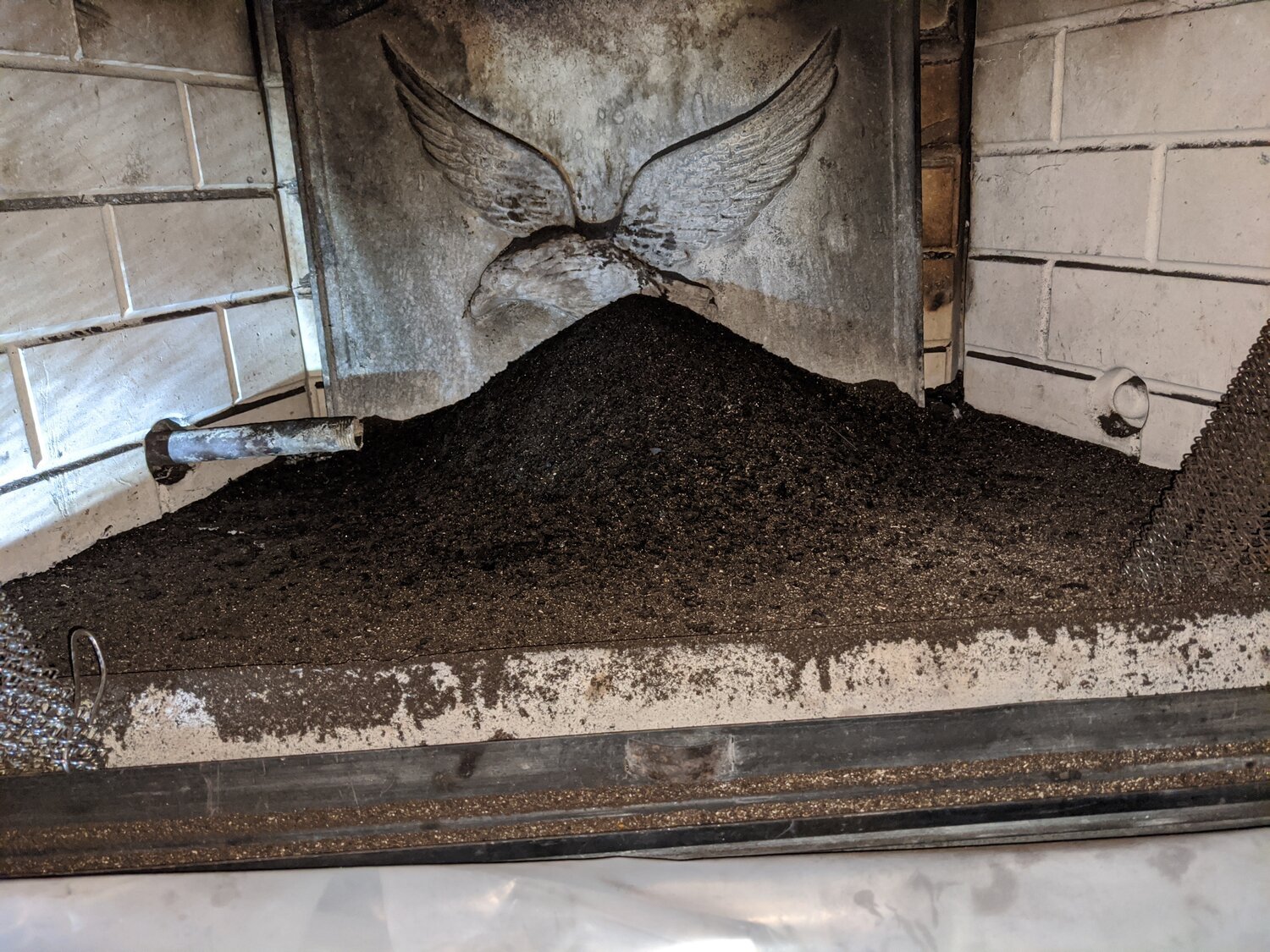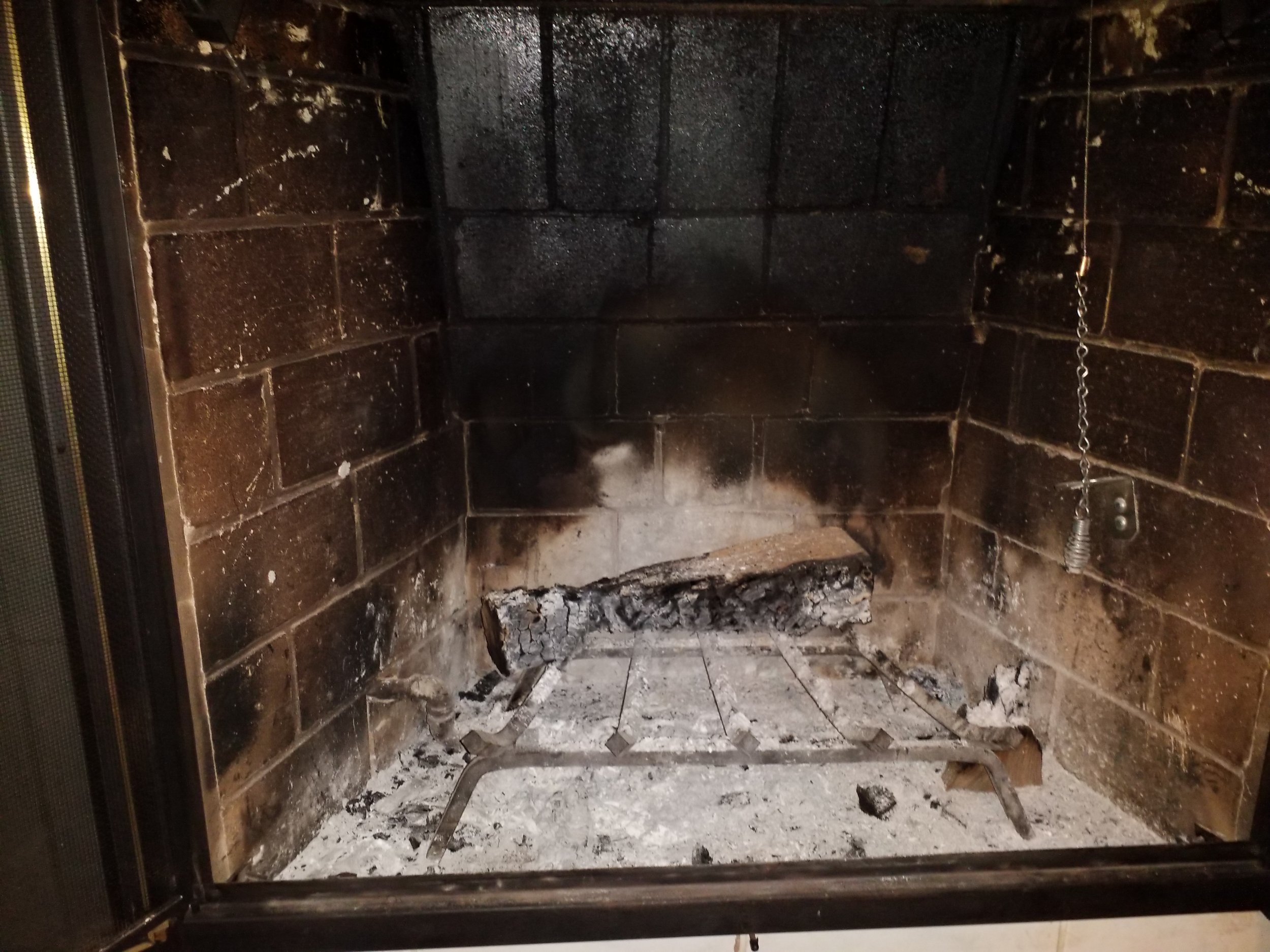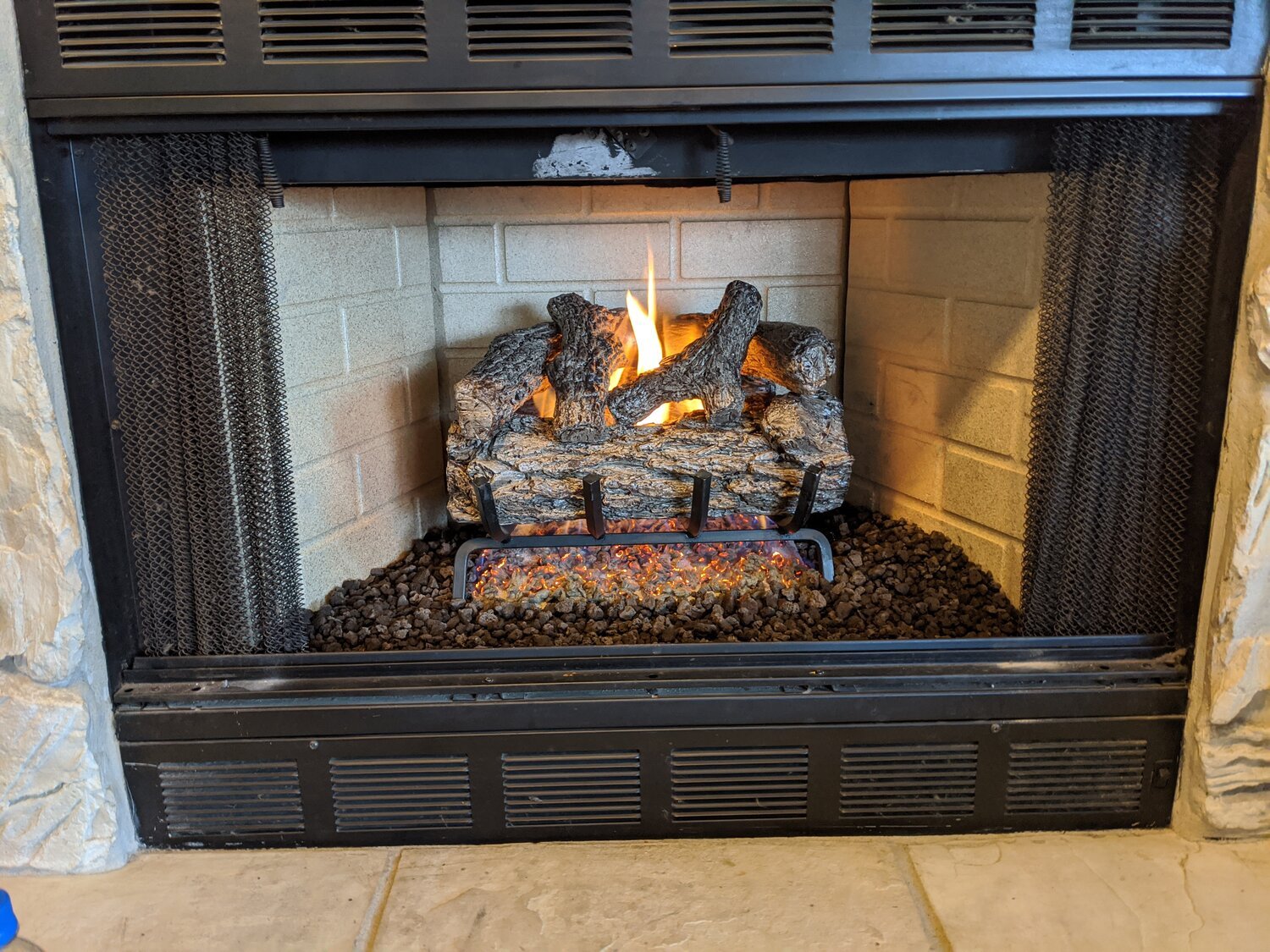
Blogs
Demystifying Prefabricated Fireplaces: What You Need to Know
A prefabricated fireplace is a fireplace unit that is manufactured off-site and then installed in a home or building. These fireplaces are typically made from metal, such as steel or cast iron, and feature insulated fireboxes, chimney systems, and ventilation components.
Maintaining Cleanliness and Safety: The Importance of Cleaning Ash Dumps
A neglected ash dump can become a breeding ground for odors and pests. Accumulated ashes and debris can emit foul odors when exposed to moisture, humidity, and temperature fluctuations. Additionally, organic material in the ash dump can attract insects, rodents, and other pests seeking shelter and food sources.
Improving Chimney Draft with Chimney Fans: A Comprehensive Guide
Chimney fans, also known as draft inducers or chimney exhaust fans, are mechanical devices installed on the top of the chimney that help improve draft and airflow. These fans work by creating a negative pressure zone within the chimney, effectively drawing smoke and gases up and out of the flue. By enhancing the chimney draft, chimney fans help prevent issues such as smoke back drafting, poor combustion, and creosote buildup.
Maximizing Fireplace Efficiency: The Importance of Chimney Dampers
Chimney dampers are essential components of your chimney system that regulate airflow and prevent heat loss when the fireplace is not in use. When the fireplace is in use, the damper is typically open to allow smoke and gases to exit the chimney. However, when the fireplace is not in use, keeping the damper closed is essential for preventing warm air from escaping the home and cold air from entering.
Ensuring Safety and Efficiency: The Importance of Firebox Repairs
The firebox is subjected to extreme heat during fireplace use, which can cause the masonry materials to deteriorate over time. Cracks, gaps, and spalling are common signs of structural damage that can compromise the safety and functionality of the fireplace. Repairing damaged firebox components is essential for preventing further deterioration and ensuring the structural integrity of the fireplace system.
Exploring Direct Vent Units: A Comprehensive Guide
A direct vent unit is a type of gas fireplace or heating appliance that is designed to be installed directly against an exterior wall. Unlike traditional fireplaces that require a chimney or flue to vent combustion gases outside, direct vent units use a sealed combustion system to draw in outside air for combustion and exhaust combustion byproducts safely outside through a dedicated venting system.
Unveiling the Beauty of Electric Fireplaces: Everything You Need to Know
An electric fireplace is a heating appliance that simulates the appearance and warmth of a traditional fireplace without the need for combustion. Instead of burning wood or gas, electric fireplaces use electricity to generate heat and produce lifelike flames using LED lights and realistic logs or embers.
Wood Stove vs. Fireplace Insert: Understanding the Differences
Choosing between a wood stove and a fireplace insert depends on your heating needs, budget, aesthetic preferences, and available space. Both options offer efficient and effective heating solutions for homeowners seeking to enjoy the warmth and ambiance of a wood fire.
Enhancing Fireplace Convenience: The Benefits of Log Lighter Bars and Installation
Log lighter bars streamline the process of starting a fire in the fireplace, saving you time and effort. With the simple turn of a knob, you can ignite the gas flames and quickly establish a roaring fire without the hassle of arranging kindling or waiting for the fire to catch.
Ensuring Safety: Proper Materials and Placement of Gas Lines in Fireboxes
Gas lines should be installed with adequate clearance from combustible materials, such as wood framing, insulation, and other flammable components. This helps prevent heat transfer and minimizes the risk of fire hazards.
Exploring the Pros and Cons of Ventless Ceramic Log Sets for Your Fireplace
Ventless ceramic log sets offer homeowners a convenient and cost-effective way to enjoy the ambiance of a traditional fireplace without the need for venting or chimney modifications. They provide a realistic and aesthetically pleasing alternative to traditional wood-burning fires, enhancing the ambiance of any room.
Exploring the Pros and Cons of Vented Ceramic Log Sets for Your Fireplace
Vented ceramic log sets offer homeowners a wide range of design options and customization possibilities. They come in various sizes, styles, and finishes to suit different fireplace dimensions and aesthetic preferences, allowing homeowners to create a personalized and visually appealing focal point in their living space.
The Risks of Ventless Log Sets: Why They Don't Ensure Fireplace and Chimney Safety
Ventless gas log sets, as the name suggests, operate without a dedicated chimney or venting system. Instead, they rely on a combustion process that produces minimal exhaust gases, which are then released into the home. While this may seem convenient, it poses significant safety concerns due to the accumulation of combustion byproducts such as carbon monoxide (CO), nitrogen dioxide (NO2), and water vapor.
The Importance of Roof Access: Why a Proper Chimney Inspection Requires Getting on the Roof
Accessing the roof allows chimney inspectors to closely examine the structure and condition of the chimney from all angles. This includes assessing the exterior masonry, chimney crown, flashing, and chimney cap for signs of damage, deterioration, or wear.
Safely Removing Dead Animals and Nests from Chimneys: A Comprehensive Guide
The presence of dead animals and nests in chimneys may manifest through several signs, including foul odors, unusual noises, and restricted airflow. Common animals that may nest in chimneys include birds, squirrels, raccoons, and chimney swifts. Nests are often constructed using twigs, leaves, and other debris, creating obstructions that can block the chimney flue and lead to airflow issues.
The Truth About Cleaning Logs: Why They're Not as Effective as Professional Chimney Sweeping
While cleaning logs may offer a quick and easy solution for removing surface-level creosote deposits, they are not a substitute for professional chimney sweeping. To ensure the safety and efficiency of your chimney system, it's essential to schedule regular cleanings and inspections with a qualified professional.
Understanding the Cause: Why Ceramic Logs Smell When Used in Fireplaces
Ceramic logs are typically made from ceramic fibers, refractory cement, and other heat-resistant materials. While these materials are designed to withstand high temperatures and simulate the appearance of real wood, they can emit odors when exposed to heat for extended periods. The odor is often described as a "burning" or "chemical" smell, which can be off-putting to some users.
The Pitfalls of Free Estimates: Why Quality Chimney Services Come at a Price
While the idea of a free estimate may seem appealing, it often comes with limitations in terms of accuracy and detail. Without a thorough inspection of your chimney system, it's challenging for contractors to provide an accurate assessment of the work required and the associated costs. As a result, you may be left with vague estimates that fail to capture the full scope of the necessary services, leading to surprises and additional expenses down the line.
The Value of Joining the National Chimney Sweep Guild: Elevating Standards, Building Expertise
At Chimney Bear, we uphold the highest standards of professionalism and expertise in our industry. That's why we're proud members of the National Chimney Sweep Guild (NCSG), an organization dedicated to promoting chimney and venting safety, advancing industry knowledge, and fostering camaraderie among chimney professionals. Join us as we explore the purpose and benefits of becoming a member of the NCSG and how it reflects our commitment to excellence.
Understanding the Distinction: National Chimney Sweep Guild Membership vs. Certified Technician Status
At Chimney Bear, we're committed to transparency and excellence in our chimney sweep and inspection services. As members of the National Chimney Sweep Guild (NCSG) and Certified Technicians with the NCSG, we understand the importance of clarifying the difference between these two designations. Join us as we delve into the distinctions between NCSG membership and Certified Technician status, and how each contributes to our dedication to professionalism and quality.




















